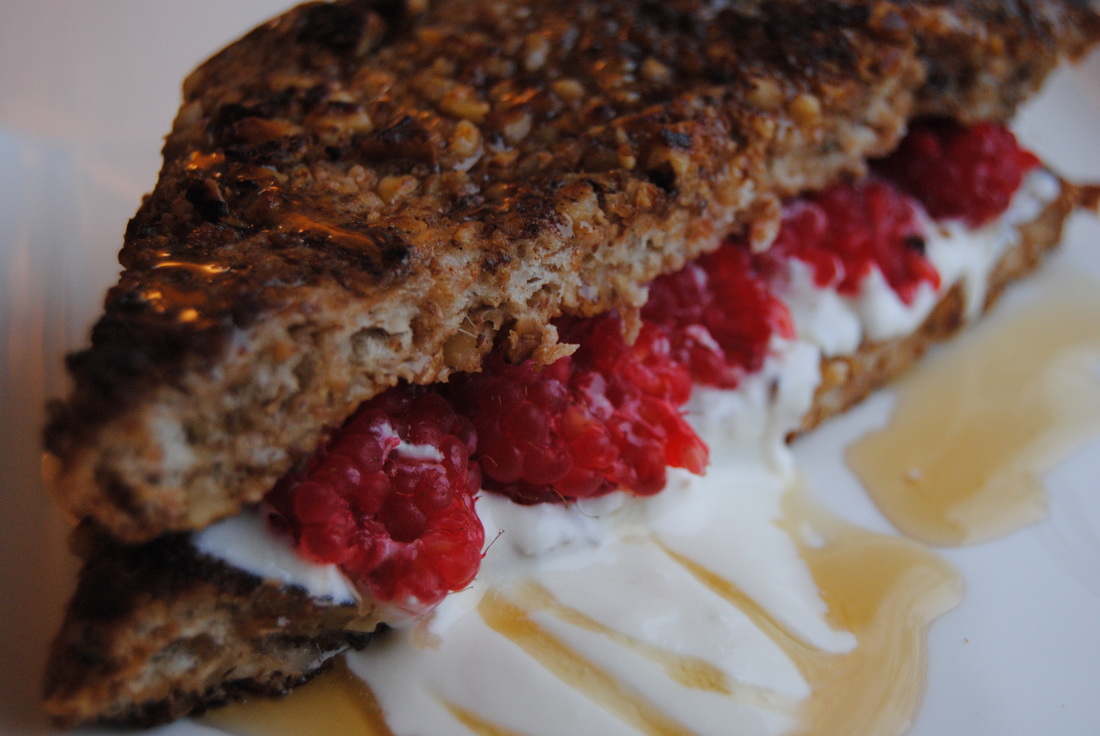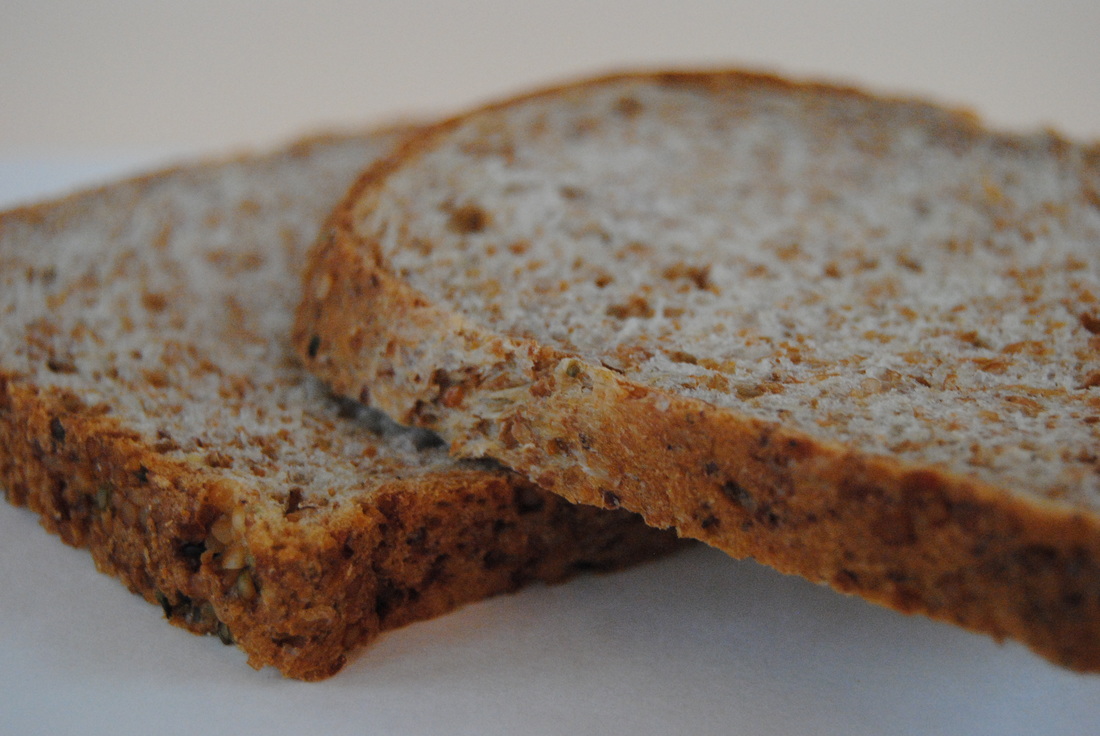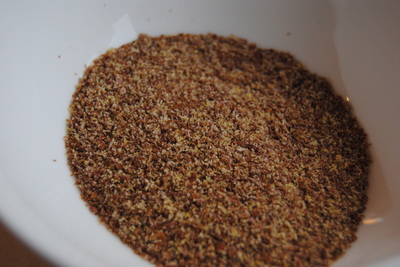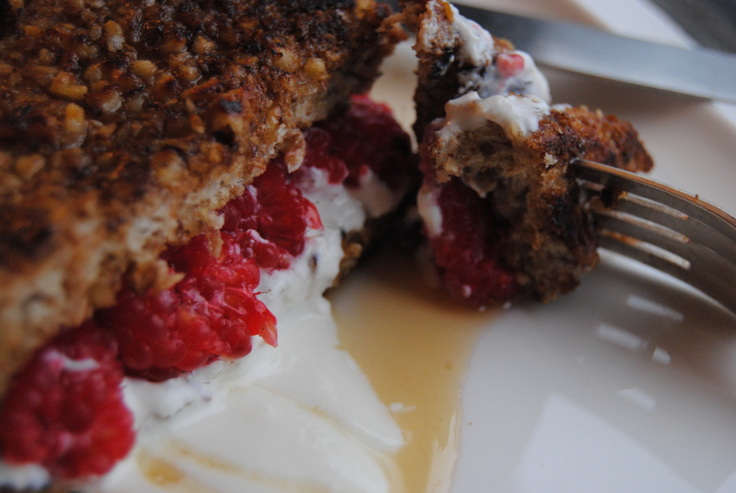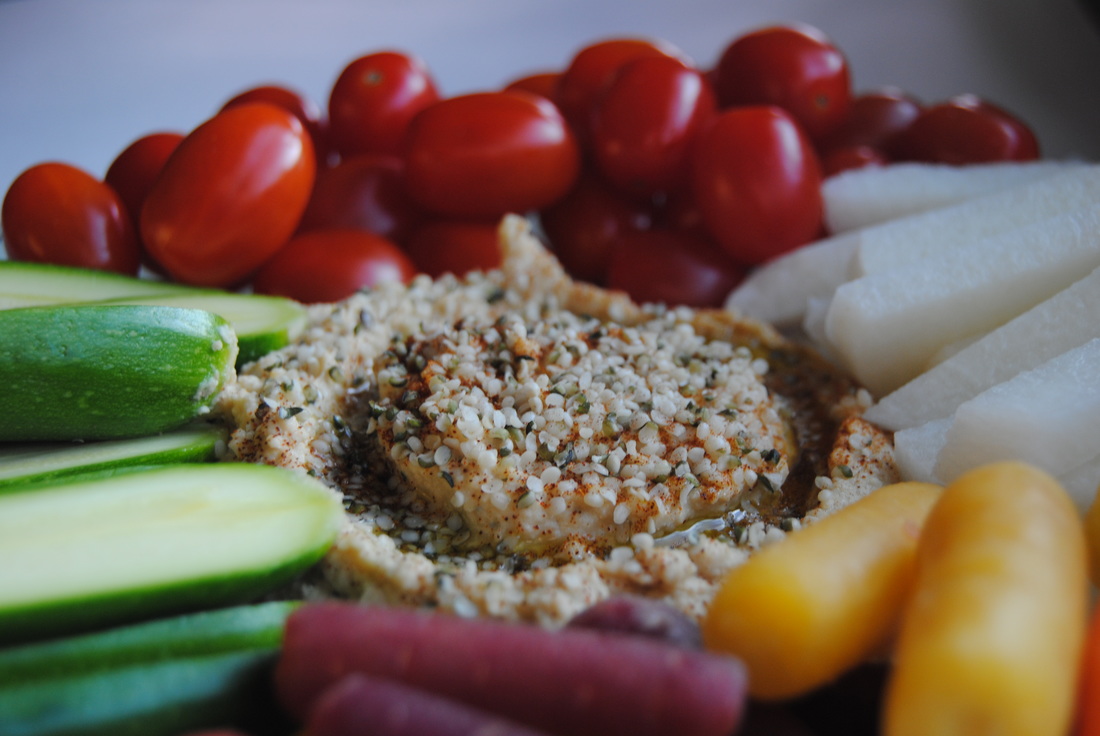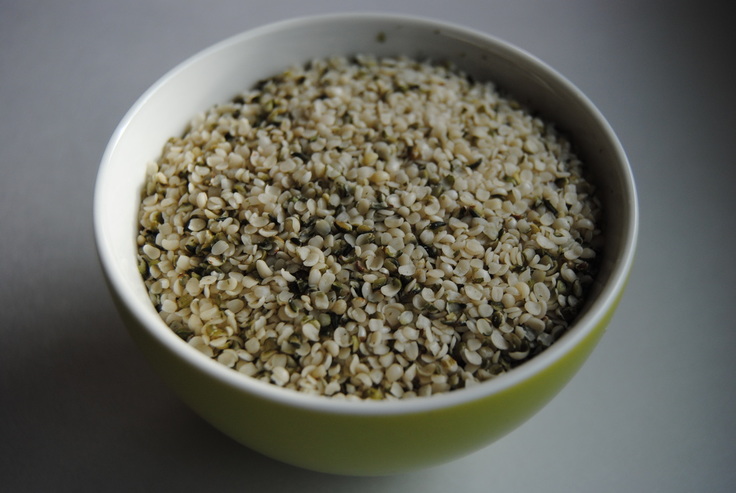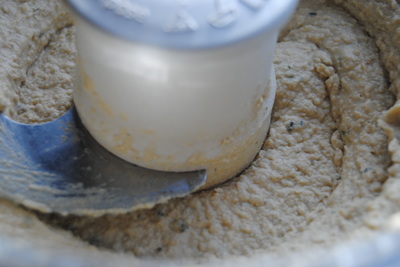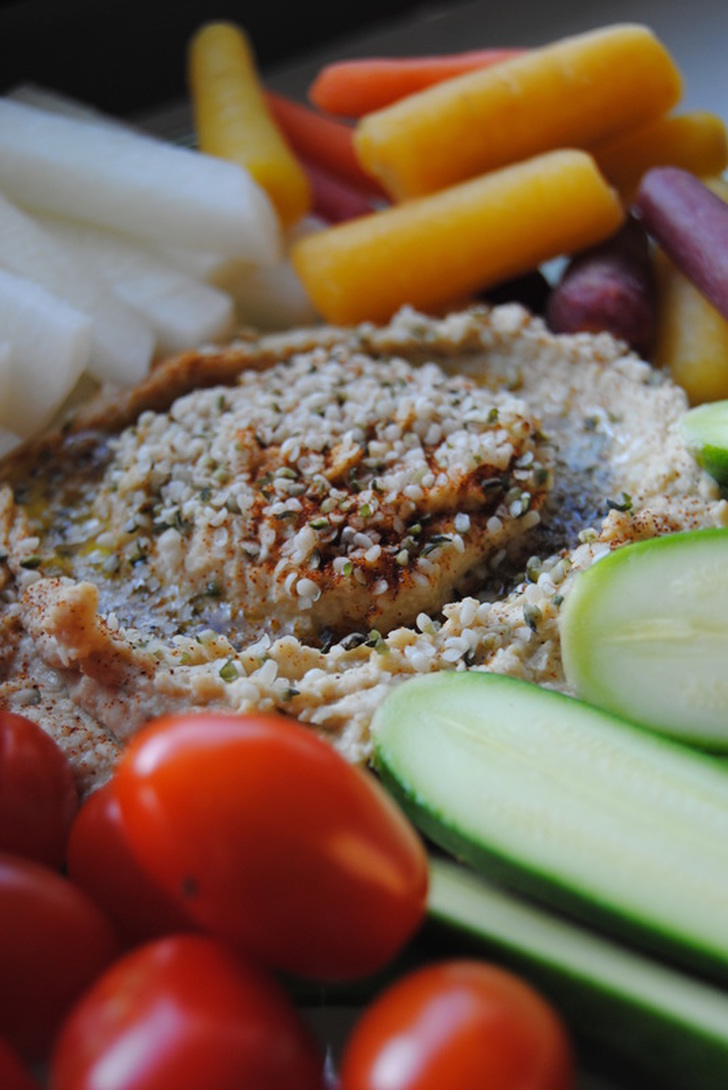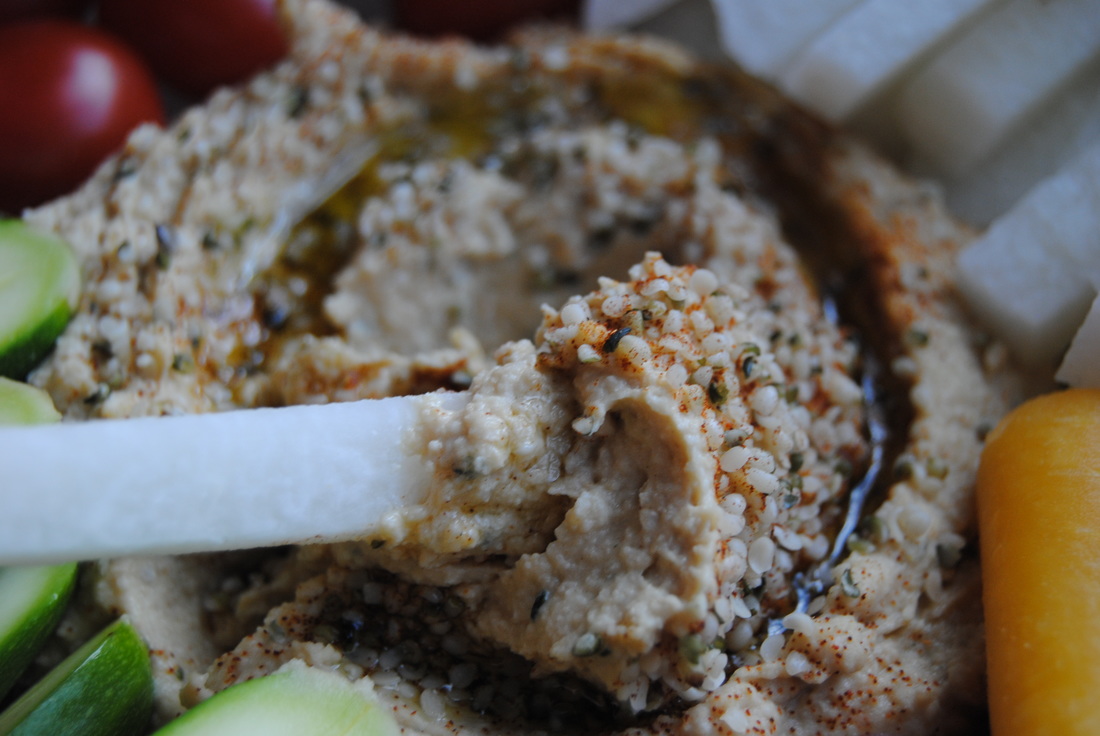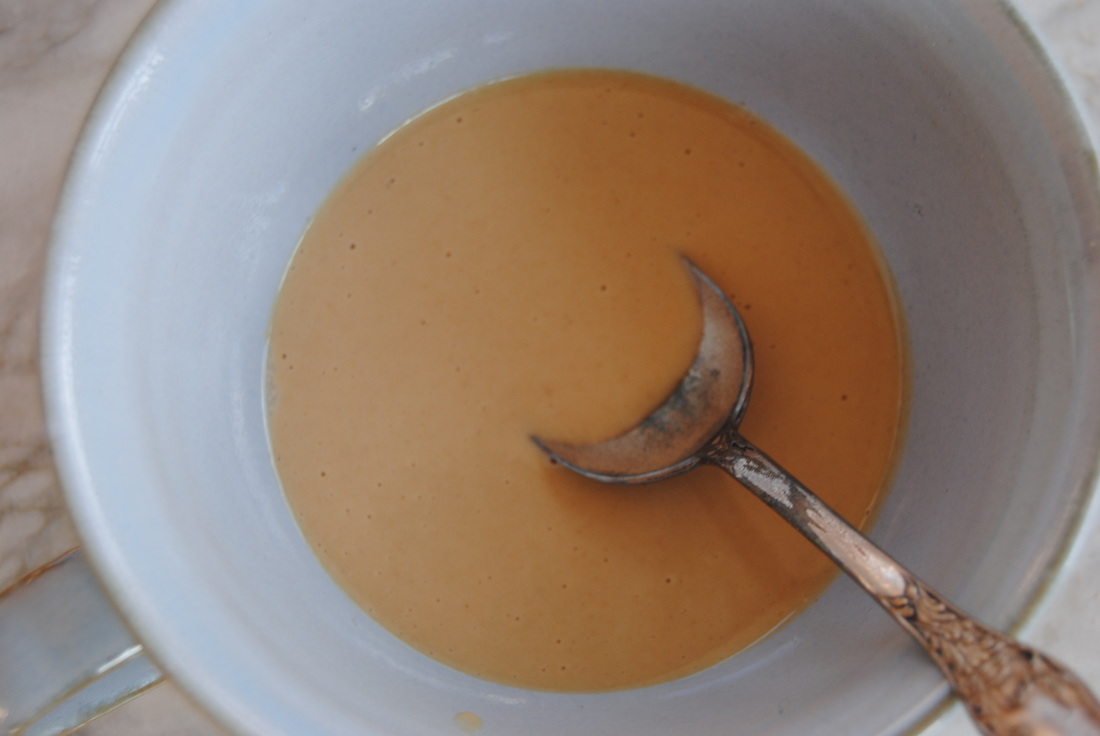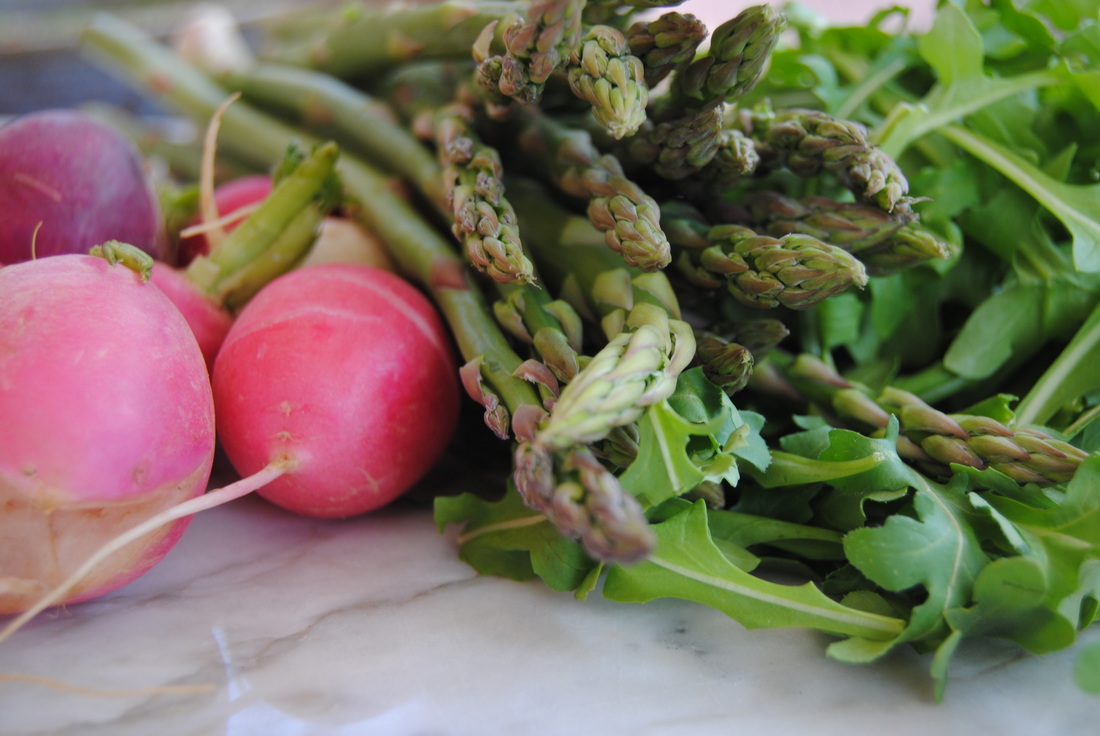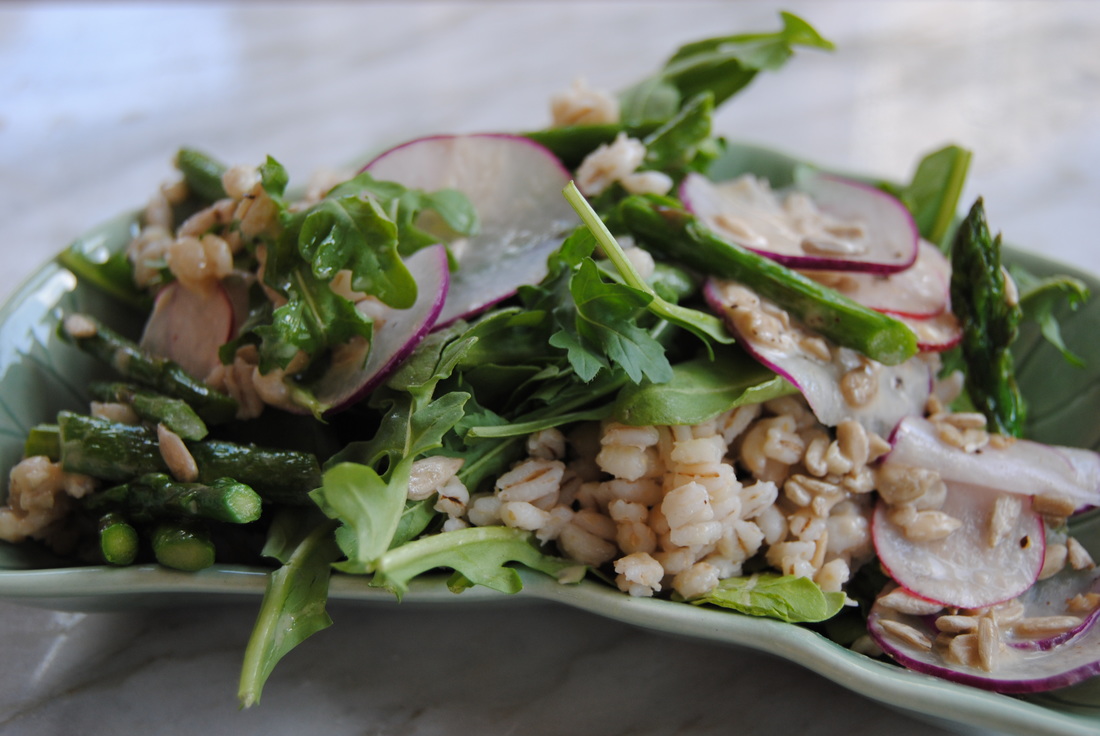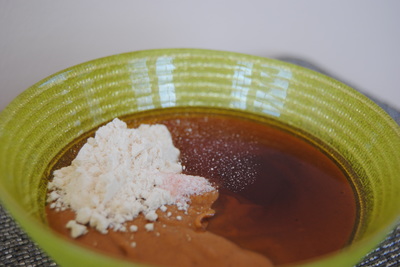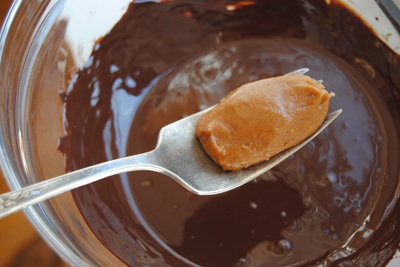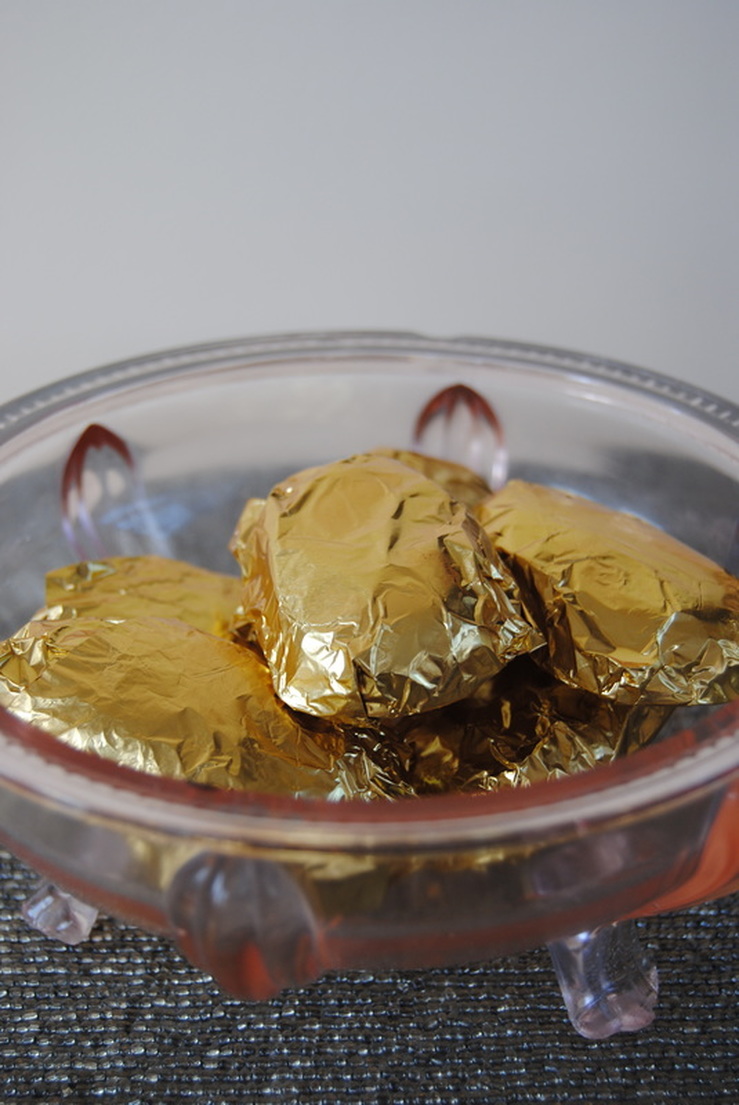|
In the midst of a long week there are a few certain things (of course all food related) that help keep us going until the weekend. One of those being a lazy, late morning, carb loaded breakfast; I mean hey we've earned it right? But on the topic of carbs we have to remind you that not all are created equal especially when it comes to bread. If it's not baked at home then you have to remember to check ingredients lists, you won't believe what can be hiding in there! So lets talk about an optimal bread to keep this delicious breakfast nutritionally on track because delicious doesn't have to mean guilty, but you already knew that. So it seems like a pretty easy concept - whole wheat bread is healthier than white - but as you may be learning, food choices are not always that staright forward. That's because of efforts in the processed food industry to keep production prices low while still appealing to health concious consumers. Ideally a whole wheat or whole grain bread should contain, surprise, whole wheat, grains and maybe nuts and seeds. But what you'll find when looking at ingredient labels is a whole lot more, including high fructose corn syrup, refined oils (soybean and canola), a variety of difficult to pronounce chemicals, and even coloring agents to create that deep brown color associated with whole grains. Question though - if you're using real, whole grain ingredients then why would the bread need to be colored? Our point exactly. We invite you to start looking at those ingredient lists in the store or around your home and see what you find. You may be shocked but don't be scared because there are plenty of better options and we will help you find them. To start, a quality bread should be 100% organic and free of artificial ingredients. The main and first ingredients on the ingredient list should be unrefined grains, nuts and seeds and if possible these ingredients be sprouted for optimal nutrient absorption and digestion. Also remember that in general, the shorter the ingredient list the better. Per slice, look for a bread that contains at least 5 grams of protein and 3 grams of fiber. Silver Hills Hemptation bread is the bread we featured in this recipe. As you already know we are obsessed with anything containing the miraculous hemp seed! Silver Hills Bakery is based out of Canada and their line of delicious bread can be purchased at Whole Foods and Target. You can also use their handy store locator to find other stores near you carrying their products. We love this bread because of the simple and wholesome ingredients we found on the ingredient list; including non- GMO and vegan certified whole sprouted wheat, hulled hemp seeds, water, cane sugar, vital wheat gluten, yeast, sea salt, cultured wheat, and citric acid. Per slice, hemptation contains 7 grams of protein and 4 grams of fiber, making this a superior choice to most of the breads you'll find down the standard bread aisle. Okay, so now it's time to find your favorite bread using these tips and get to into the kitchen! Egg-less French Toast PREP TIME: 15 mins TOTAL TIME: 30 mins Servings: 2 Ingredients Egg-less French Toast 4 slices of high quality, nutrient rich bread 1 cup almond milk 1 cup chopped walnuts 1/4 cup oatmeal flour 3 Tbsp ground flax seed 1 Tbsp coconut sugar 1-2 Tbsp organic grass fed butter 1 tsp ground cinnamon 1/2 vanilla bean (scrap out the insides of the pod) OR 1 tsp pure vanilla extract A drizzle of pure maple syrup over the top Filling 3/4 cup full fat Greek style yogurt 1/4 cup full fat ricotta cheese 1/2 cup raspberries or berries of your choice In a medium wide bottomed bowl, combine the almond milk, oatmeal flour, ground flax seed, coconut sugar, cinnamon, and vanilla. Stir all ingredients until fully combined. Allowed the mixture to sit until the batter becomes thick, about five minutes. Place chopped walnut on to a large plate and set aside. Combine Greek yogurt and ricotta cheese in a bowl. Mix until fully combined then set aside. Turn a large skillet or large saute pan to medium heat, add 1 Tbsp butter and allow to melt coating the entire bottom of the skillet. Careful dip bread in wet mixture one slice at a time, working fast so the bread does not become too soggy and break. Coat each side of bread in chopped walnuts then place in the hot pan/skillet with melted butter. Cook for 3-5 minutes on each side. TIP: watch the bread closely, if the temperature on your stove top is too high the bread will burn quickly! We have a smaller pan which only cooks 2 slices at a time. If this is the case for you as well, make sure to clean your pan in between batches to remove burnt butter and walnuts for best results with the next two slices. Once you have all four slices cooked cut the bread in half (triangle style) add 1/4 cup of yogurt & ricotta mixture to the top of one triangle. Arrange berries on top of filling and place the other triangle on top to make a sandwich. Continue to do this until you have made four, half sandwiches, 2 per plate. Lightly drizzle pure maple syrup over the top and dig in! Okay so is there anything better than perfectly cooked french toast slathered with real maple syrup? Simply, no way! So next time you're in need of a decadent weekend breakfast please remember this recipe. And we hope you'll be thinking about your choices next time you find yourself in the bread aisle because nourishing your body with good ingredients is the right choice any day of the week.
Wishing you a lazy Sunday, Jess and Cecelia
0 Comments
When you think of a high protein food what's the first thing that comes to mind? We're just throwing this out there but it probably wasn't a plant now was it? Well we are trying to change that and show you that it is completely possible to eat enough and good quality protein from just plant sources, yes, really. Though it may take a little extra thought to ensure your protein intake is up to par on a plant based diet. But we think more thoughtfulness around what we eat is always a good thing. This hummus recipe is packed with protein with the help of the amazing hemp seed. And don't forget the tahini because we know you bought it after the post last week! But first a little more about hemp seeds... In terms of plant based protein the hemp seed is top of the line and just may be nature's perfect food. Lets start with a little biochemistry (oh no!) about protein to give you some background about the animal versus plant protein debate. Proteins are large molecules consisting of chains of amino acids; amino acids are essential nutrients that the body obtains from dietary protein that are then used for various functions including energy production, repair of bodily tissues and growth. Now there are different types of amino acids classified as nonessential and essential; nonessential amino acids can be created by our bodies if they are not consumed in the diet whereas essential amino acids cannot be created by our bodes and must be in our diet. Because dietary animal proteins are more similar to the proteins in our bodies they typically contain all essential amino acids in the right quantities, whereas dietary plant proteins may be lacking in one or more essential amino acids. But don't despair! By eating a different variety of plant proteins in your diet the lacking essential amino acids in one plant food will be provided in another creating a complimentary complete protein. So now you're realizing why eating a variety of foods in your diet is so important right? To excite you even more- there are a select few plant proteins that are complete meaning they contain all essential amino acids in the right quantity, and you guessed it, hemp seeds are one! Hemp seeds contain all nine essential amino acids and the perfect ratio of omega 6 to omega 3 fatty acids (if you need a refresher about fats click here). Hemp seeds are harvested from the hemp plant but do not contain THC , the psychoactive ingredient found in marijuana, so NO you will not get high from eating hemp seeds. But how can this be? Well there is both a male and a female hemp plant; the female plant contains buds or marijuana and the male plant contains the oh so nutritious seeds. As you can see from the picture hemp seeds are small in size and for use in the diet should be purchased shelled, also referred to as hemp seed hearts. They have a soft texture and slightly nutty taste often compared to the taste of a black walnut. Hemp is very versatile and can be used in both sweet and savory dishes. Some uses including sprinkled over cereal, oatmeal, or yogurt, blended in smoothies, as part of the breading on baked vegetable fries (think zucchini), or exactly as we did blended right into our hummus dip. Whatever way you decide to use these perfectly balanced nutritious seeds we know they will become a staple in your fridge! Yes we did say fridge, because of their high fat content they can go rancid quickly so an airtight container is the fridge is best to preserve taste and quality. Okay so are you in need of some protein after using all that brain power? Us too. High Protein Hemp Hummus PREP TIME: 10 mins TOTAL TIME: 15 mins Servings: 4-6 Ingredients Hummus 2 cups canned organic chickpeas 1/4 cup tahini paste 4 Tbsp lemon juice 4 Tbsp extra virgin olive oil 4 Tbsp shelled hemp seeds (reserve 1 Tbsp for the top) 1 Tbsp water 1 clove garlic, chopped 1 tsp ground cumin 1/4 tsp salt Extras Vegetables of choice for dipping, (we used multi-color baby carrots, baby zucchini, jicama and cherry tomatoes) Drizzle of extra virgin olive oil Sprinkle of paprika Sprinkle of cumin 1 Tbsp shelled hemp seeds Drain and rinse chickpeas in a colander and pour into a food processor. Add the following to the food processor - 1/4 cup tahini, 4 Tbsp lemon juice, 4 Tbsp olive oil, 3 Tbsp hemp seeds, 1 Tbsp water, 1 clove chopped garlic, 1 tsp cumin, and 1/4 tsp salt. Blend on medium speed into a creamy texture. This should take several minutes and you may need to add some more water but be careful, only a teaspoon at a time. Once hummus is a desired smooth texture scoop onto a beautiful dish. Use a small butter knife to carefully create a few shallow divots in the hummus. Drizzle the top with olive oil, allowing the divots to fill up with the gorgeous golden oil. Sprinkle remaining 1 Tbsp hemp seeds, additional cumin, and paprika on top. Wash and chop desired vegetables, maybe trying something unexpected and new as we did with the jicama and baby zucchini. Arrange on a platter and get to dipping! Okay so how gorgeous was that hummus platter? And you probably finished it in one sitting as we did right? Well great! Because to get the most benefit from this high protein recipe we suggest thinking of hummus as more than just a small serving snack. A half cup serving of this recipe provides fourteen grams of plant protein and pairs perfectly with your favorite veggies, crackers or slathered on bread. However you decide to enjoy it please remember that plants can provide you with more than enough high quality protein for your healthy, happy and active life!
Dip on! Jess and Cecelia So we're sure you already know that nuts and seeds are a great plant based source of protein, but have you ever noticed that some nuts and seeds seem to get more attention than others? The last time you were reaching for a nut/seed to top a salad what did you pick? A good guess would be almond, walnut or sunflower seeds as some popular choices. Well, we are here to remind you about the nutritional benefits and culinary uses for the sesame seed! We know what you're probably thinking- aren't sesame seeds pretty much just a decorative sprinkle to top foods and add a little flavor? Let's find out... Okay so it's true, our salad is topped with sunflower seeds but the powerful sesame seed in our homemade dressing is the true star of this dish. So what's so fabulous about sesame? Well first, sesame is the oldest known plant cultivated for it's seeds and oil, meaning history is trying to tell us something! Sesame seed is used frequently in Asian cuisine and the paste created from ground seeds (tahini) is common in Middle Eastern, North African, Greek and Turkish dishes. Sesame seeds are a nutritional powerhouse and are rich in calcium, iron, magnesium, phosphorus, potassium and manganese. A two tablespoon serving of seeds contains 35% of your daily intake of copper, two grams of fiber and three grams of protein. It is important to note that this nutritional value is true of the whole sesame seed. To make tahini the seeds are pre-soaked and then crushed in order to separate the bran (fiber) from the kernel (heart of the seed). The hulling process (removing the outer skin) does decrease the total amount of calcium, fiber, iron, and potassium in tahini though it remains a source of these nutrients and high in protein- now five grams per two tablespoon serving. The flavor of tahini is nutty and slightly bitter so pairs well with sweet ingredients (think tahini and fig jam!). Tahini is a common ingredient in hummus and baba ganoush (eggplant dip). In some countries it is used as a spread over toast and topped with jam or preserves. One of our favorite ways to use tahini is in homemade salad dressing because of it's bold flavor. So that means if you make this salad please buy some tahini and make the dressing too, no cheating! The Early Spring Salad PREP TIME: 25 mins TOTAL TIME: 30 mins Servings: 4-6 Ingredients Salad 4 -5 cups arugula 1/2 cup uncooked pearl barley small bunch of multicolor radishes small bunch of asparagus 1/4 cup sunflower seeds 3 Tbsp extra-virgin olive oil sprinkle of sea salt and cracked black pepper to taste Dressing 1/3 cup tahini paste juice of 1 lemon 1 clove garlic, minced 2-3 Tbsp water 1/8 tsp sea salt In a medium size pot, bring 1/2 cup pearl barley and 1 1/4 cup water to a boil. Reduce heat to a simmer, cover with a lid and allow barley to cook for about 40 minutes until all the liquid is absorbed. Fluff barley with a fork and set in the fridge to cool. Wash and chop asparagus into 2" pieces, cut on the bias (45 degree angle). Add olive oil to a large saute pan over medium-low heat. Once oil is warm add asparagus and cook until slightly tender, about 5 minutes. Sprinkle with sea salt and set aside to cool. For the dressing combine the tahini, lemon, garlic, water, and salt in a bowl. Whisk with a fork into a creamy consistency, set aside. Sprinkle sunflower seeds with salt and toast in a dry pan for about 5 minutes over medium heat until seeds are browned and fragrant. Wash and slice radishes paper thin. We used a mandolin here which works perfectly. If you do not have a mandolin, carefully cut radishes as thin as you can using a large chefs knife. Now it's time to assemble the salad! Using a large " family style" bowl layer the ingredients starting with the arugula. Top arugula with cooked pearl barley, tender asparagus, sliced radishes, and toasted sunflower seeds. Generously drizzle tahini dressing over the top. Sprinkle with additional sea salt and cracked black pepper to taste. Now wasn't that the most perfect bite? The delicate flavor of early spring veggies with the rich tahini tang combine to make this a salad that will definitely need a second serving. And we hope you'll remember the sesame seed next time you experiment in the kitchen. Now finish up and go enjoy the early spring sun! Happy spring, Jess and Cecelia The temperatures are finally bearable in Chicago and a holiday weekend is upon us! Though while you're busy hiding Easter baskets this year maybe take a second to think about what might be hiding in those Easter candies. We know, we know - those treats are only (mostly) for special occasions but that doesn't mean they can't be nutritious and contain good ingredients now does it? We swear these peanut butter eggs are better than anything you'll find in a package and only contain five simple ingredients. Maybe buy some yellow paper to wrap them in and no one will ever know the difference! What the heck is in the classic peanut butter egg anyway and have you ever even looked at the ingredients list? It starts decent with milk chocolate, peanuts, sugar, corn syrup and cornstarch, all pretty familiar. However, there are a few unsettling ingredients hidden in those eggs we just had to tell you about. PGPR is the first; used as an emulsifer and short for ployglycerol polyricinoleate, it is a yellowish, viscous liquid (ew!) composed of ingredients commonly found in caster oil. PGPR is used in a few big name candy companies in place of cocoa butter due to the lower cost. The next is partially hydrogenated vegetable oil (palm kernel and palm oil), aka trans fat. Trans fat is a man made fat that goes through processing to change the chemical structure causing the oil to unnaturally become solid at room temperature. Partially hydrogenated oil has a long shelf life which is why you see it in many processed foods. So what's wrong with that? Trans fat is like a "rotten egg" for your heart; it increases your LDL (bad cholesterol) and deceases your HDL (good cholesterol). For this reason trans fat, in our opinion, is one of the worst "foods" to ingest. Please do your body a favor and avoid any food containing partially hydrogenated oils! So now let's compare these ingredients to our five wholesome ingredient recipe and let your taste buds decide. Dark Chocolate Peanut Butter Eggs PREP TIME: 5 mins TOTAL TIME: 40-50 mins (includes chilling) Servings: 8-10 peanut butter eggs Ingredients Filling 1/2 cup natural peanut butter 1/4 cup pure maple syrup 2 tsp coconut flour 1/8 tsp sea salt Chocolate Coating 6 oz dark chocolate (we prefer 72% or greater) 1 tsp coconut oil Combine the filling ingredients-peanut butter, maple syrup, coconut flour, and sea salt in a bowl. Stir until all ingredients are fully incorporated. Place mixture in the freezer to chill for 10 minutes. Once chilled, measure out 1 Tbsp peanut butter mixture and organically form into an egg shape, rolling lightly between your palms. Repeat with all peanut butter mixture. Place the "naked" peanut butter eggs onto wax paper and place back into the freezer for 20-30 minutes to set while you prepare the chocolate coating. Finely chop dark chocolate and melt with coconut oil in a double boiler stirring frequently. Once fully melted remove chocolate from heat. Remove eggs from freezer, making sure they are firm enough to hold their shape when handled. Using a large fork dip "naked" peanut butter eggs into chocolate (working rather fast as to not melt your filling into the warm chocolate), and use a spoon to completely cover eggs with chocolate. Allow excess chocolate to drip off the fork before placing coated eggs onto wax paper. Place eggs in the fridge to allow the chocolate to set. Once chocolate coating is set you can wrap your candies in beautifully colored foil wrappers as we did. Store in the fridge for up to five days. Not only will you feel guilt free while eating a homemade dark chocolate peanut butter egg, but your friends and family will be begging you for the recipe of this classic favorite! We hope we've convinced you to replace that classic favorite this holiday. And maybe start a new tradition of making these homemade candies together as a family. Looks like you're the lucky one finding this recipe, aka the golden egg. Enjoy it, treasure it, and share it for generations to come.
Hoppy Easter, Jess and Cecelia |
AuthorsJess and Cecelia welcome you to our kitchen. We are fun-loving and passionate foodies working to make the world a healthier, happier place one plant based recipe at a time. Categories
All
Archives
December 2018
|

